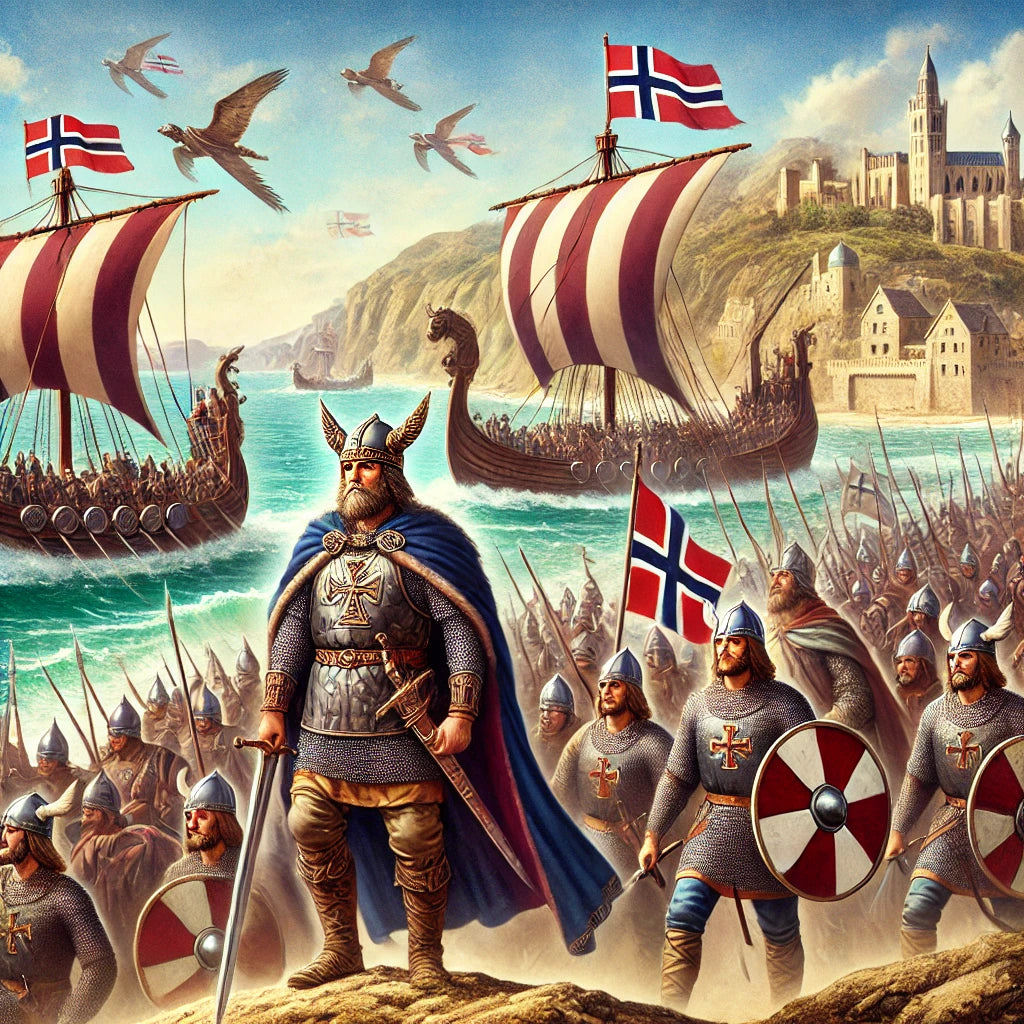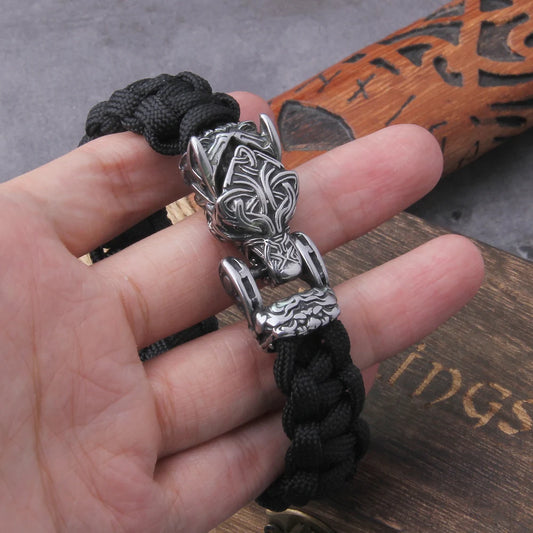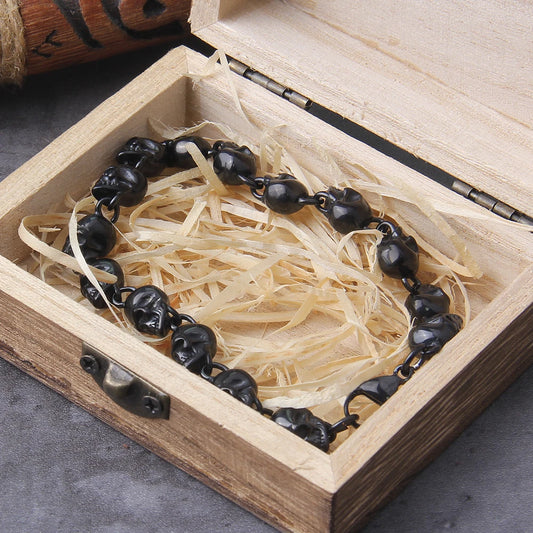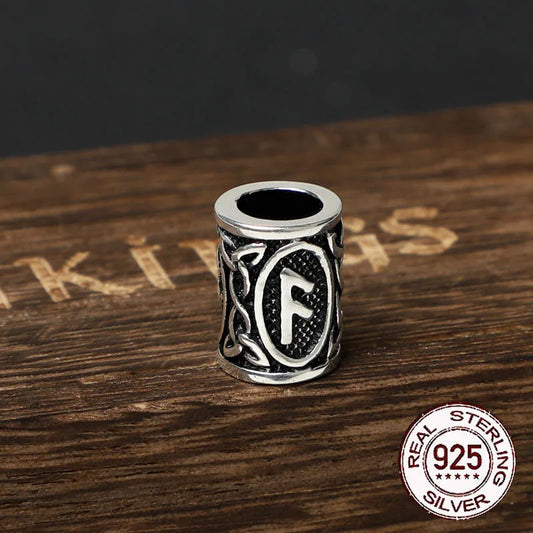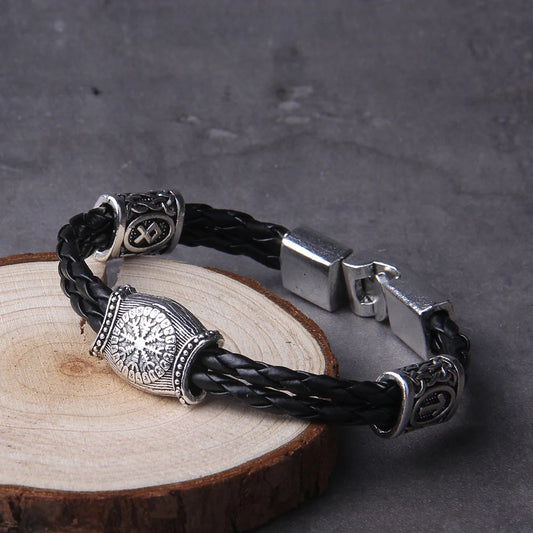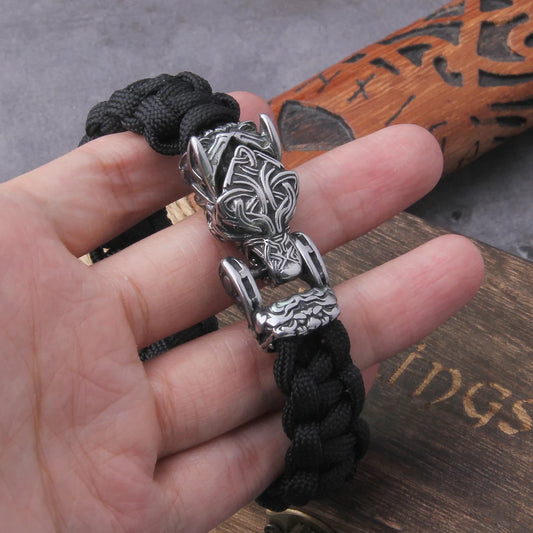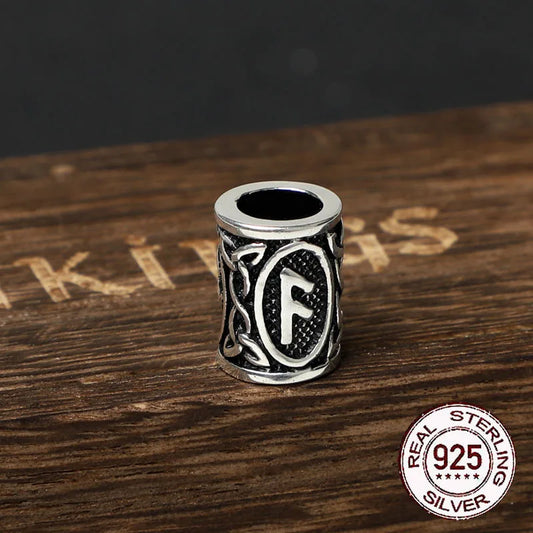Jomsborg was a mythical Viking semi-legendary fortress south of the Baltic Sea (probably in the vicinity of present-day Pomerania), which existed from 960 to 1043 A.D. Its inhabitants were known as the Jomsvikings.
The exact location of the fortress is unknown, which adds emphasis to the legend, but the theory is generally held that Jomsborg was located near the Oder estuary.
Jomsborg Location
Jomsborg is believed to have been in what is now known as Wolin, a town southeast of the island of the same name, near the Silberberg hill north of the city. It is associated with a multi-ethnic place like Jumne or Julin.
The Norse sagas exclusively use the nominative "Jomsborg", while the Germanic sources go for "Jumne" or "Julin".
In 1931/32, a Pomeranian historian, Adolf Hofmeister, was the first to place the fortress in Wolin after comparing events from different chronicles.
Other theories see Jomsborg in the northwest of the island of Usedom, on now submerged land. The small islands in the area are remnants of a strip of land between Usedom and Rügen, which fell victim to flooding in the early 14th century.
The most possible sites in the given area are the Veritas lands between the islands of Ruden, Greifswalder Oie and the low-lying areas of Peenemünde. Viking Age jewelry has been found on the margins of these sites, but has not been sufficient for an archaeological evaluation to support these theories.
Jomsborg Fortress
According to Knýtlinga saga and Fagrskinna saga, Jomsborg was built by the Danish king Harald Blåtand (910-985/86) in about 960 AD.8 Jomsvikinga saga cites the Danish Viking Palnatoke as the founder.
Some medieval sources describe Jomsborg as a fortress with a harbor, which was guarded by a stone tower with catapults, built on an arch that spanned the harbor itself and could be closed with a large iron gate. According to the oldest records, the harbor had space for three ships, but later data speak of up to 360 ships.
Jomsborg was destroyed to its foundations in 1043 by King Magnus I of Norway, determined to put an end to the threat of the Jomsvikings once and for all, and the survivors of the brotherhood were subdued and most of them condemned to death.
The Jomsborg Vikings were selected warriors subject to a strict code of loyalty to their warlord.
In 1009, many Jomsvikings left Jomsborg and followed Sigvaldi's brothers Hemming and Thorkell the Tall to England, where they became Canute the Great's core force, the Huskarls.


